Apple Maggot Control in Edmonds
An Organic Approach
By Maxine Mitchell
I used to have a terrible apple maggot problem with my small Honey Crisp apple tree in my backyard in Edmonds. Every year, I would get apples but they were riddled with the telltale dimpling that indicated apple maggot flies had laid their eggs on the fruit and the maggots would tunnel their way into the flesh of the apples. When cutting the apples open, you’d see the damage the maggots made. I would end up wasting so many of the apples as I cut away the rotten parts, trying to salvage some of the apples for sauce or pies. Spraying the tree was out of the question as I’m an organic gardener. I then conducted extensive research on the Internet, learning about the life cycle of the larvae and damage the maggots do to the apples. The only solutions I found were either applying chemical pesticide sprays or using physical barriers.
The first solution I tried was using a physical barrier to the fly by using a nylon “footie”, which I put onto each emerging apple by hand. The footies resemble what’s left of a woman’s knee-high nylon if you cut it off at the ankle. But, now they come already made for you in a large bag at the garden centers. This was a time consuming and labor-intensive project, requiring a ladder and infinite patience. If the footie wasn’t secured just so, the fly could still get in. The problem is that you have to put the footies on when the apples are only about three quarters of an inch in size. They tend to fall off the tree very easily when they are that small, so I lost many apples by this method. But, it was better than spraying with pesticides and it was somewhat successful.
When we were driving to Arizona a few springs ago, I noticed the citrus groves had used netting over the individual fruit trees. I learned they were trying to combat an insect that was devastating the citrus fruit. I looked into the type of insect netting they were using and discovered a product that was sold in various lengths. The product is called AgFabric and is sold on Amazon. It’s a clear polyester insect netting that has holes (.03” x .03”) that are smaller than the apple maggot flies. Since they only sold 20 foot wide pieces, I bought a piece that was 20 feet wide by 50 feet long. I actually cut and sewed it to make a 30’ x 30’ piece. Note: I realized later a piece no bigger than 25’ x 25’ would have been fine for my 7 foot tree.
In late May (after the petals fell and apples started forming) my husband and I put the netting over the entire tree. I had situated wooden stakes around the base of the tree, with plastic cups on the ends to keep the netting off the branches. We then cinched the netting under the canopy with bungee cords. I left the netting up all summer. I checked the tree periodically to see if any insects were flying around or there was evidence of critters (there never were). I removed the netting just before harvesting the apples.
- The apple tree after the netting was removed in September.
- The netting was put over the tree in May, after the petals had fallen
I have used the netting the past two seasons and the Honeycrisp apples have been at least 95% apple maggot-free! In fact, they were big and beautiful, and extremely crisp! I gathered two bushels of apples from my small tree last year, alone.
- One of two bushels of beautiful apples
- Ready to Eat!
The good news is that I can re-use the netting for many years to come. It just needs to be shaken and put away in a dry place at the end of the season. So, my $80 investment was well worth it.
It turns out that Seattle City Fruit has been testing similar netting on their apple trees. They have a great formula to help consumers in ordering the netting. The link is: https://www.cityfruit.org/tree-netting-calculation-guide.
A final note is that as an alternative, if you have tulle, row cloth or fine netting of any kind, you may be able to use it instead. Just wrap it around a section of your apple tree to prevent the apple maggot fly from accessing your apples. The key is to apply it after the flowers have been pollinated and apples are forming. Also, make sure it’s loose enough for air but not so thick that sunlight can’t get through.
Maxine Mitchel is an Edmonds in Bloom Board member and a Snohomish County Master Gardener.
Edmonds in Bloom is a nonprofit association that promotes the floral beautification of the community. Learn more about us and be sure to like our Facebook page for events and articles.
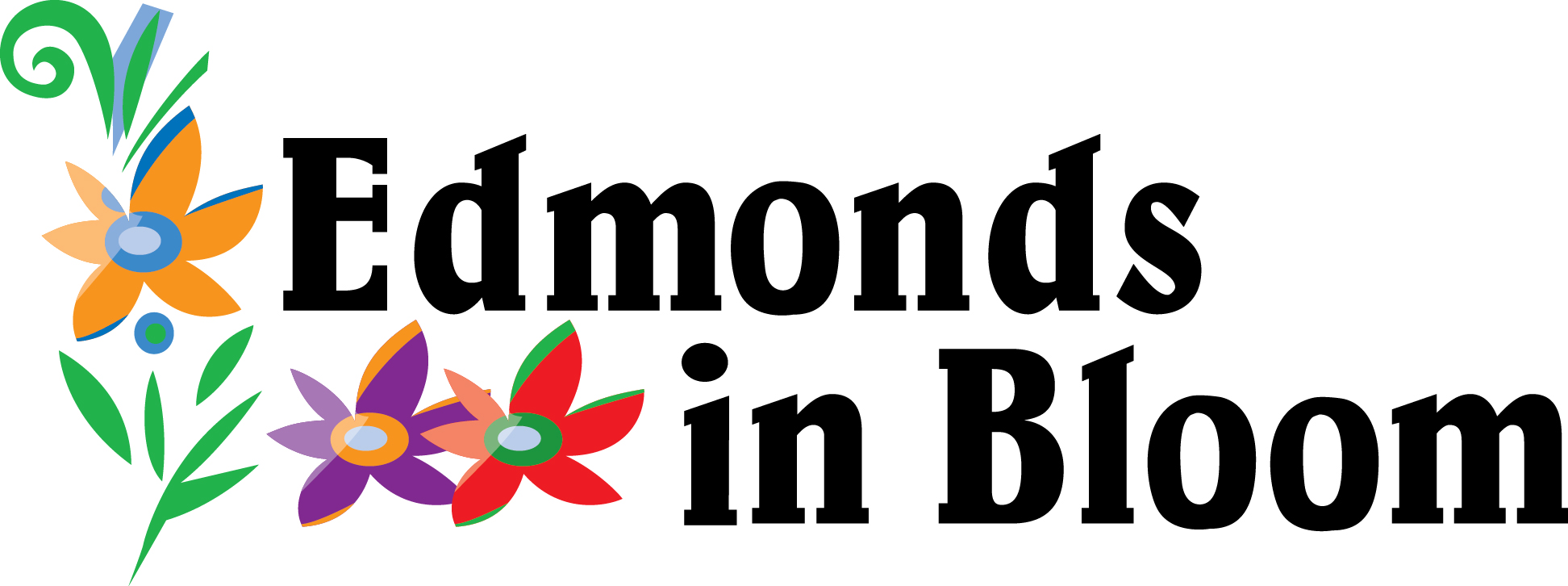
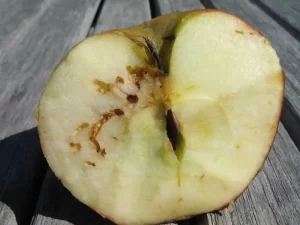
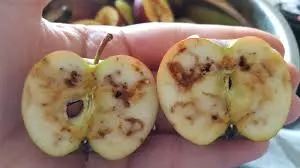
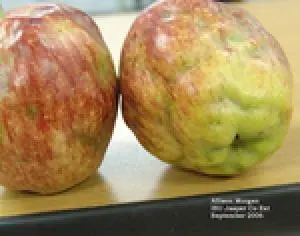


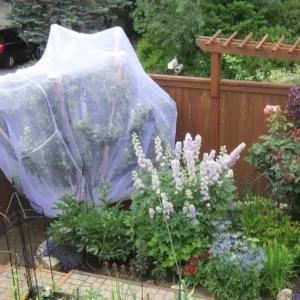

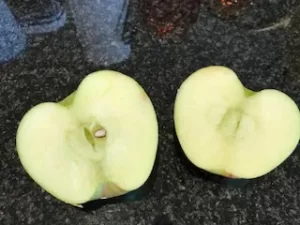

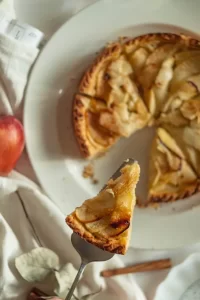
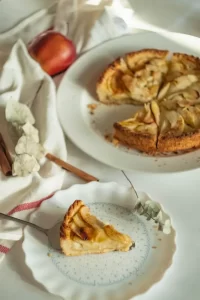
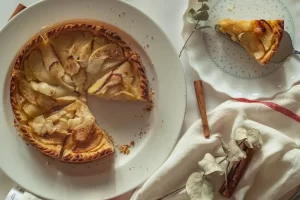

I used to go through the time-consuming process of stockings on each apple. Much prefer your approach!